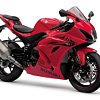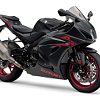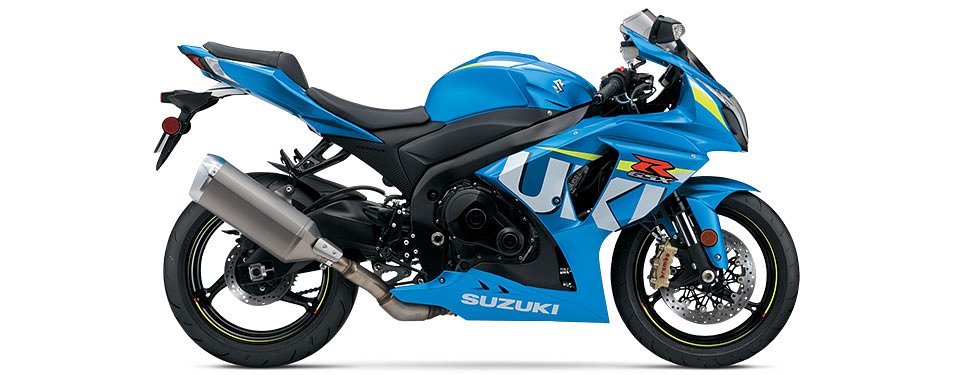It's been a long wait for the new Suzuki GSX-R1000, but the payoff is we get two new models — there's a GSX-R1000R with upgraded suspension — and first-in-class variable valve timing.
The new Gixxer comes with an upgraded list of electronic aids to help you control what Suzuki claims is about 200 horsepwer at the crankshaft. That includes a six-axis inertial measurement unit (IMU) that adds pitch, roll and yaw of the motorcycle into the calculations used for the 10-level traction control and ABS. This is an innovation that we have seen trickle into a few other high-end models and is slowly spreading and it's not insignificant. ABS that works when the motorcycle is not perfectly vertical will save a lot of crashes on the street.

The electronics also includes three rider modes and launch control. The extra R version includes a quickshifter for both upshifts and downshifts. There's a slipper and assist clutch, too, by the way.
The claimed weight is 441 pounds for the GSX-R1000 without ABS or 445 pounds with ABS. The GSX-R1000R weighs 448 and comes with ABS.

While all the electronics and the weight loss puts the GSX-R1000 back in the hunt for spec sheet superiority, the variable valve timing is the one thing that really sets it apart from the competition. How well it works will determine if that's a good thing, but the concept is promising. There's lots of talk about technology trickling down from MotoGP to street bikes, and most of the time it is marketing smoke and mirrors, but this may be a case truly worth considering. MotoGP rules don't allow variable valve timing using electric or hydraulic actuators, so the GSX-RR race bike uses a simple mechanical system. The new GSX-R1000 takes the same approach.
Small steel balls in a carrier move within grooves and when centrifugal force spins them outward, they actuate the change in intake cam timing. Suzuki says the result is better high-rpm power without sacrificing anything at low rpm or in the mid-range.

There are a bunch of other changes in the engine to increase power, ranging from a shorter stroke to what Suzuki calls its Dual-Stage Intake, a system the company says provides the benefits of variable-length intakes without the complexity and moving parts. It all looks great on paper, but that only matters until it's tested on the asphalt.
Stepping up to the GSX-1000R gets you upgraded Showa suspension, in addition to the quickshifter mentioned earlier.

The new bike was introduced at the Yoshimura Racing shop, and nobody is going to be more interested in how the new Gixxer works than the race team. Remember when Yoshimura Suzuki dominated superbike racing in the United States? Now think about how many times Roger Hayden has finished a close second to a Yamaha YZF-R1 in the past two years and you'll understand why the team has been yearning for a new bike for a couple of years.
The electronics and IMU may make a lot of street riders and track-day addicts feel like heroes, and will likely save their bacon more than once, but it's the base package of a new engine and chassis that will give the Yoshimura team a new platform on which they can try to build a championship-winning machine for the real superbike heroes.













